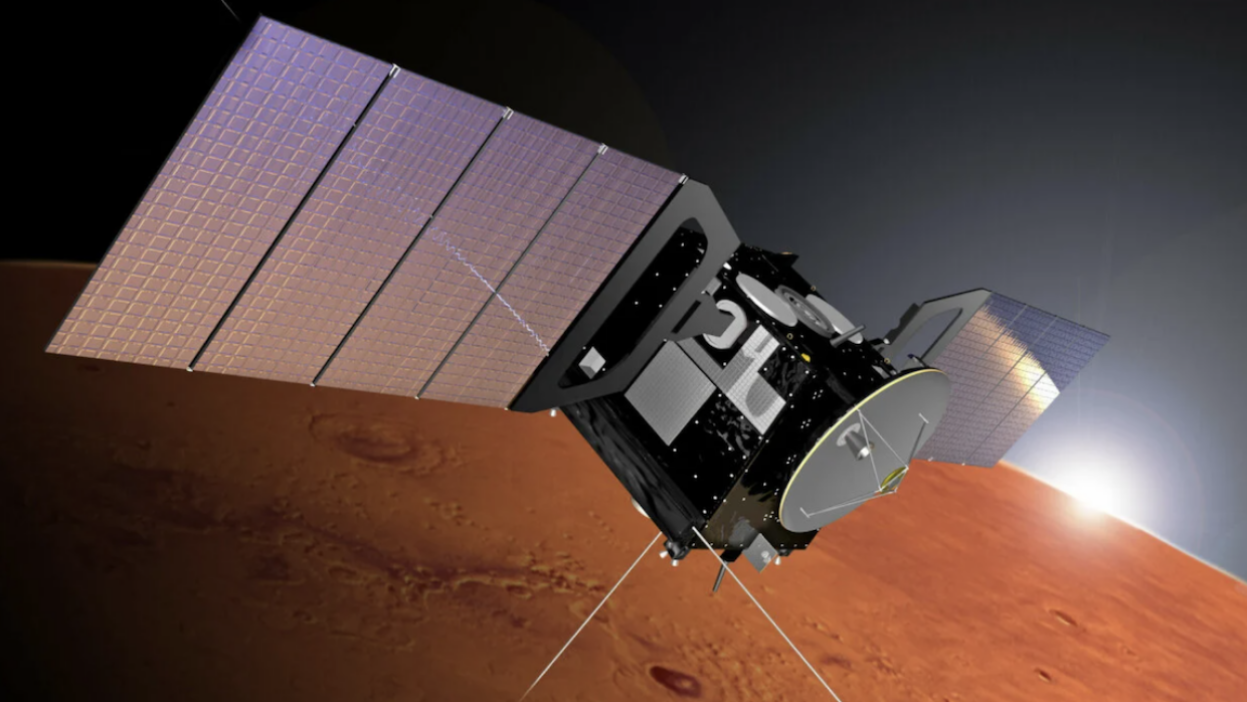Long ago, Mars teemed with water.
New imagery captured by the European Space Agency's Mars Express orbiter depicts the planet's once watery past. The spacecraft, which has orbited the Red Planet for two decades, snapped views of the eroded remains of once sprawling Lake Eridania — which the space agency noted was larger than any lake on Earth. (The largest lake on Earth is by far the Caspian Sea, which at some 149,200 square miles, or 386,400 square kilometers, is bigger than Montana.)
"We believe that water, and a lot of it, once existed here," ESA said in a statement.
But Mars gradually lost its insulating atmosphere, the result of a lost magnetic field and relentless solar radiation. Ultimately Mars' once thick atmosphere diminished, and bounties of water escaped. Without this insulating blanket, the planet dried out. Today, the planet is 1,000 times drier than the driest desert on Earth.
Views of the lakebed's remnants can be seen below. In the first image, which depicts topography, the blue color (lower elevation), shows part of the lake basin. A large crater, itself with signs of past flowing water on its rim, sits next to the lake.


For a wider perspective, the map below shows the region, Caralis Chaos, recently mapped by the Express orbiter. The smaller white box shows the area covered in the images above (while the larger white box depicts the total area recently imaged by the craft).
The body of water was truly huge. "This lake would have filled the flatter regions labelled Ariadnes Colles, Caralis Chaos, and Atlantis Chaos," the space agency wrote. It would have harbored over three times the water held by the Caspian Sea.

Planetary scientists suspect that Mars could have once hosted primitive, microbial life in watery areas or moist Martian soils — such as the Jezero Crater, which also hosted a large lake.
Recently, NASA's Perseverance rover drilled into a rock in Jezero, where the six-wheeled robot had detected organic molecules (aka the "building blocks of life" as we know it). The robot collected a sample, and inside, scientists spotted a telltale composition that suggests the potential of ancient microbial life. "The rock exhibits chemical signatures and structures that could possibly have been formed by life billions of years ago when the area being explored by the rover contained running water," NASA said in a statement. But, crucially, much more research, over many years, is needed to confirm this possibility.
The ongoing exploration of intriguing Martian places will continue — and one day Martian astronauts may join this discovery effort.
Topics NASA

































